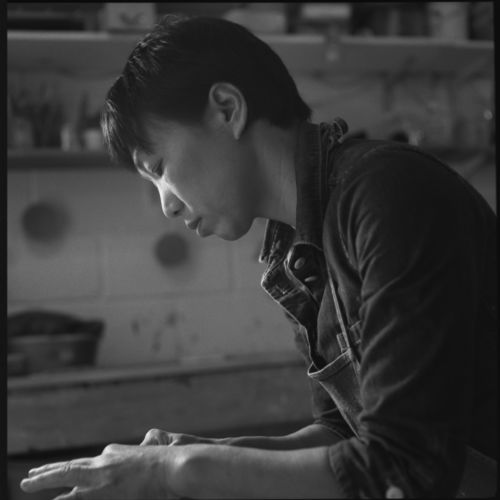We use cookies to help you navigate efficiently and perform certain functions. You will find detailed information about all cookies under each consent category below.
The cookies that are categorized as "Necessary" are stored on your browser as they are essential for enabling the basic functionalities of the site. ...
Necessary cookies are required to enable the basic features of this site, such as providing secure log-in or adjusting your consent preferences. These cookies do not store any personally identifiable data.
Functional cookies help perform certain functionalities like sharing the content of the website on social media platforms, collecting feedback, and other third-party features.
Analytical cookies are used to understand how visitors interact with the website. These cookies help provide information on metrics such as the number of visitors, bounce rate, traffic source, etc.
Performance cookies are used to understand and analyze the key performance indexes of the website which helps in delivering a better user experience for the visitors.
Advertisement cookies are used to provide visitors with customized advertisements based on the pages you visited previously and to analyze the effectiveness of the ad campaigns.

Covid-19 update: The gallery and shop on Great Russell Street is currently closed however, you can still see the pieces in this exhibition and shop online – just scroll down. To be the first to hear when we will re-open join our mailing list on the homepage.
About Emotions of the Inorganic
“What are our emotions?” – a question often asked within scientific communities working within artificial intelligence and neuroscience.
How we decide what we like or dislike, deciding what is beautiful or ugly, has interested ceramic artist Akiko Hirai for many years. Finding biological or chemical reactions, environments and the physicality of objects all to be connected, in this collection she makes associations between physical phenomenons, for example the reactions that happen within her kiln, and her own personal emotional input and output.
Using variations of wood ash and a range of firing cycles to create surface effects on the pieces in this collection, Akiko has harnessed the raw materials and reduction firing process to form unique sculptural pieces in reactive combinations that appear to drip with layers of colour and texture.

‘I build up the surfaces of my pieces spontaneously, riffing on ideas of space, narrative and joy. I get to a point where I can push things a bit, hoping something exciting will happen – and sometimes it does.’

“The work has a strong tactile quality, as does the natural world. I don't wish to imitate nature but aspire to echo the process of nature.”

“Everything created, either functional or decorative, has equal importance,
and the integrity of this thought is the driving force behind my daily practice as
a potter.”

The driving force behind all of Paul Jackson’s
highly decorated work is a desire to express
his Cornish surroundings, with their strong
sense of colour and style. Paul uses white
earthenware to form energetic vessels
which are then decorated with colourful
and painterly abstract decorative motifs,
some influenced by Russian or Islamic art.
Richard Phethean makes ceramics
using coarse textured red and black
earthenware clays referencing
ancient pottery as well as European
slipware traditions. Richard utilises
brush and resist techniques to create
cubist‑inspired abstractions that adorn
both his domestic vessels and altered
and assembled forms.